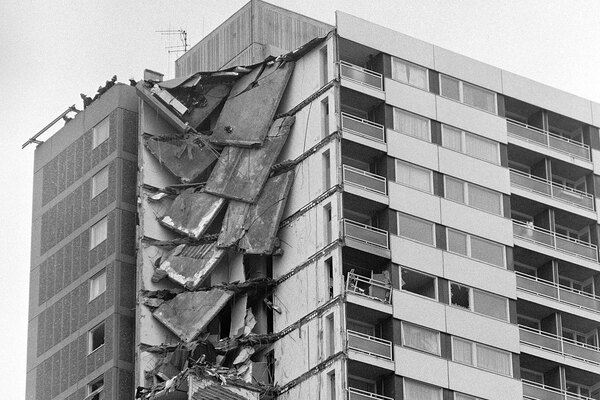Government launches £270m heat network fund for low-carbon technologies
Ministers have announced a £270m Green Heat Network Fund as part of a bid to heat more homes from green sources, such as the London Underground.
For the first time, the government’s heat network pot will only fund heat networks using low-carbon technologies such as heat pumps, solar and geothermal energy.
The £270m fund is the successor to the government’s Heat Networks Investment Project (HNIP), which has provided more than £165m of funding for schemes across England and Wales since 2018.
Heat networks are a type of system where heat is distributed to individual homes or workplaces from a central source via pipes. Such a system avoids the need for homes to have their own energy-intensive source of heat generation, such as gas boilers.
Heat networks are a major part of the government’s plan to transition the UK towards net zero by 2050. The Committee on Climate Change has estimated that roughly 18% of the UK’s heat supply will need to come from heat networks if the government is to meet its 2050 net zero target.
There are currently around 14,000 heat networks in the UK, which provide heat and hot water to around 480,000 customers.
Heat networks are currently the only way that larger-scale renewable and recovered heat sources, such as the heat from large rivers and urban recovered heat, including from the London Underground, can be used.
However, more than half of the heat networks in the UK are currently powered by gas.
The government’s previous heat network funding scheme permitted fossil fuel sources of heat provided applicants offer carbon reductions and will be replaced by low-carbon alternatives over time.
Under the Green Heat Network Fund, the government said it will only accept applications if they include low-carbon heat-generating technologies, such as heat pumps, waste heat and energy from geothermal sources.
The scheme is expected to fund the delivery of an estimated 10.3Mt of total carbon savings by 2050 or the equivalent of taking 4.5 million cars in England off the road for a year.
It is hoped that the scheme will play a significant role in kick-starting market demand for heat pumps as the government looks to transition away from fossil fuel boilers over the next 15 years.
Energy minister Lord Callanan said the funding will allow the government to “drive forward the new, cost-effective and low-carbon technologies we need to kick-start new industries and support new jobs” as the country recovers from the COVID-19 pandemic.
He added: “Today’s announcement shows we are going even further in our goals to expand this tried and tested heat networks technology, making even more use of the likes of recovered heat from the London Underground to heat our homes.”
The government is also today publishing a study that identifies opportunity areas for heat networks across the entire UK by combining heat demand data and potential sources of waste heat to determine where heat networks could be commercially viable.
Last month, Inside Housing published an investigation that looked into the problems residents living in homes connected to a heat networks have faced, including extortionate bills and frequent outages.
Experts told Inside Housing that many of the problems are due to poor construction practices and a lack of expertise on heat networks within the UK.
Sign up for our asset management newsletter
Already have an account? Click here to manage your newsletters












